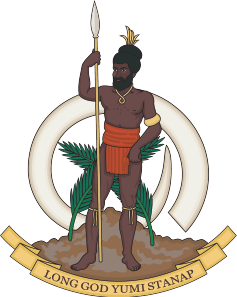Corporate structure
The Elwood J Euart Association
To oversee the fundraising, building and operation of the Museum, The Elwood J Euart Association was formed on the 15th September 2012. The association was named in memory of Espiritu Santo war hero Captain Elwood J Euart. He gave his life to save fellow solders when the former luxury liner the SS Coolidge which had been converted into a troop ship, rolled on her side after she hit an Allied mine while entering the harbour at Espiritu Santo. Upon getting the last of the soldiers out of the lower decks, Captain Euart was too weak to climb out and went down with the ship.
The Association is headed up by four key people:
Bradley Wood – Chairman
William Widup – Vice Chairman
Mayumi Green – Treasurer
Rayman Leung – Secretary
Additionally, the South Pacific WW2 Museum has a membership committee made up of a varied group of people who are just as passionate about seeing the Museum constructed over the next few years, namely:
Mary O’Reilly
Honorary Members who’s skills and experience are called upon when the need arises are:
James Kluck – Accounting services
Nigel Morrison – Legal Services
James Carter – Creative/Marketing Services
Official Charity Registration
The Elwood J Euart Association was formally registered in 2013 under the Charitable Associations Act (Cap 140) of Vanuatu law.
The South Pacific WWII Museum is registered as required by the Business name Act (Cap 211) under Vanuatu law, under the ownership of the Elwood J Euart Association. The current Elwood J Euart Association Executive Committee is made up of the following individuals:
Bradley Wood – Founding Chairman
William Widup – Vice Chairman
Mayumi Green – Secretary
Rayman Leung – Secretary
The Elwood J Euart Association is the ‘reporting entity’ for the South Pacific WWII Museum.
Lease Agreement Overview
The lease for the 7300 m2 of land upon which The South Pacific World War II Museum will be sited, was signed on May 20, 2016 by The Elwood J Euart Association and the Vanuatu Government. The lease is classed as a ‘Special Lease’, reserved only for the development of sites of public interest and benefit and as such requires a Special Lease approval that can only be granted by the Council of Ministers (COM). The lease requirements also stipulate that the development of Museum must commence within five years and be completed in 10 years from the date of the signing of the lease agreement.




